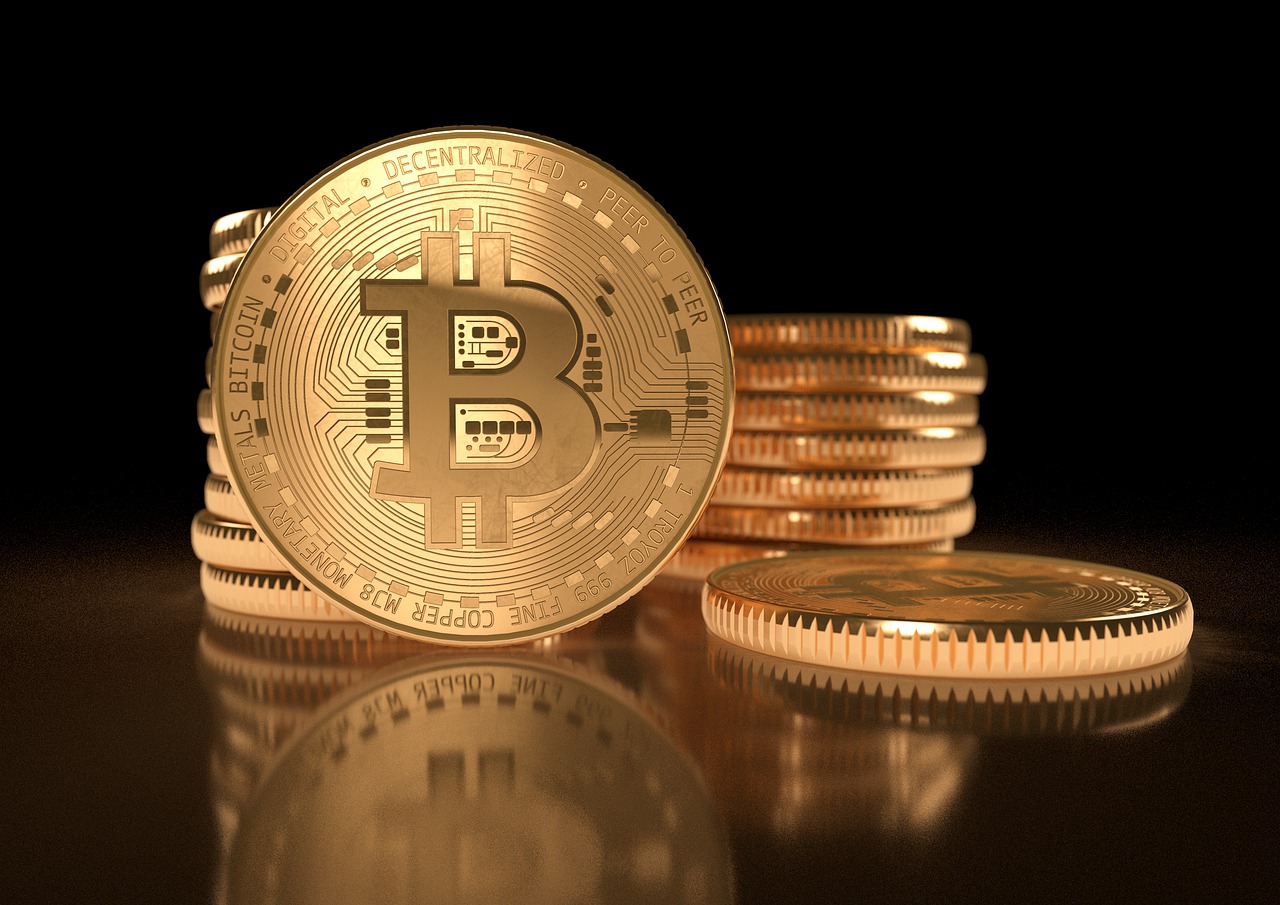Crypto staking—also known as staking coins—is a realistic option for those interested in obtaining assets for their crypto wallets. It’s a method for confirming cryptocurrency transactions. It also lets members -0p9to generate passive income from their holdings and commit shares to maintain and confirm transactions on a blockchain platform.
Like many other aspects of crypto, staking in crypto can be risky. I guess it depends on how much knowledge and understanding you choose to acquire. The primary learning for many traders and investors is that staking is collecting incentives for holding particular cryptocurrencies. Even if you’re seeking to collect some staking rewards, it’s helpful to know how and why things work the way they do.
So below are the five things that you most likely didn’t know about crypto staking.
Proof of Stake
Proof of Stake, a modern consensus technique, has arisen intending to enhance effectiveness and quality while lowering fees. It’s the system that allows you to arrange transactions into blocks. The blockchain is then created by connecting these blocks. Although each Proof of Stake blockchain technology has its staking currency, other networks use a two-token structure, with incentives paid in a different token.
The blockchain provides incentives during the crypto staking because it puts it to work. Staking-enabled cryptocurrencies use a “consensus technique” known as Proof of Stake to assure that all transfers are validated and protected without the involvement of a bank or transaction processor. When you choose to stake your crypto, it becomes a part of the process.
Proof of Stake lowers costs by removing the need for all the other miners to go through arithmetic problems, which is a time-consuming and energy-intensive operation. However, transactions are verified by those who have staked their money in the blockchain.
Lockup Period
Staking entails, a “lockup” or “vesting” period when your cryptocurrency is unavailable for trading for a specified period. It can be a disadvantage because you won’t be able to swap staked tokens even if prices change during this time. It’s essential to understand the specific staking requirements and guidelines for any project you’re interested in before you start staking.
Slashing Event
The network selects validators depending on the size of their stake and the length of time they’ve held it. As a result, those who have put out the most significant effort get rewards. If transactions in a new block are invalid during a slashing event, the network may burn a portion of a user’s stake.
Cryptocurrencies you can stake.
Bitcoins are still not staked, despite popular belief. Bitcoin transactions are validated via the “proof of work” approach, effectively a wall of computing power. These are why mining necessitates enormous processing groups and why Greenpeace opposes it.
Meanwhile, a new, energy-efficient technology known as “proof of stake” employs coins rather than electricity. Proof of stake technology is complicated.
Coins having high-interest rates (at the time) include:
- Binance is a cryptocurrency that enables you to trade (BNB).
- Ethereum 2.0 (ETH) is a multi-layered cryptocurrency platform.
- Polkadots (DOT) is a more recent cryptocurrency that allows for interoperability.
- EBITDA is a decentralized application that allows you to (BIT).
- Cardano is a cryptocurrency (ADA).
Platforms where you can stake crypto
There are a number of platforms that allow users to begin staking currency instantly. Most crypto investors are undoubtedly aware of big-name services like Coinbase and Kraken, which enable members to stake coins. To benefit from incentives on exchanges like these, investors must opt into staking.
Staking-as-a-service firms, which specialize in staking rather than exchanging, are another option for enterprising stakers. MyContainer, Stake Capital, and Staked are some of these platforms.
It’s vital to note that the products, rules, and prices for each platform will vary. Before you jump in, spend some time investigating a few to ensure your aims coincide with the platform.
Conclusion
Comparing crypto staking to putting money in a savings account may be beneficial. While the money is in the bank, the depositor obtains interest as a reward, which utilizes the money for other reasons. As a result, staking coins is analogous to earning interest.
There are a few drawbacks to staking cryptocurrency because it is a financial asset. However, it’s essential to consider the block rewards associated with the staking coins you own, as well as the fluctuations of cryptocurrency in general—if the coin’s value drops, so will the value of your staking interests.
Staking is a process of earning additional benefits with your crypto assets or coins. It’s important to remember, though, that staking isn’t without risk.
With btsr.io, we can enable you to discover more about how to stake crypto and make it easy for yourself by understanding the benefits and pitfalls in great depth.



 Bitcoin
Bitcoin  Ethereum
Ethereum  Tether
Tether  XRP
XRP  Solana
Solana  USDC
USDC  Cardano
Cardano  TRON
TRON  Lido Staked Ether
Lido Staked Ether  Avalanche
Avalanche  Toncoin
Toncoin